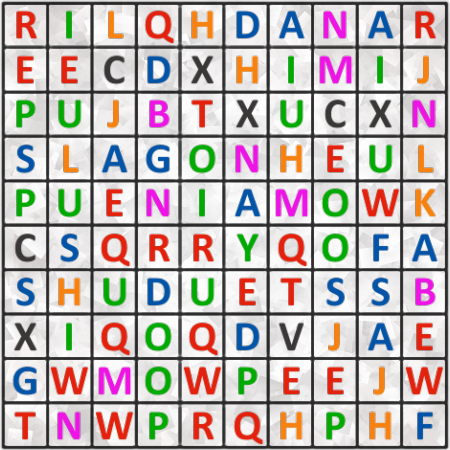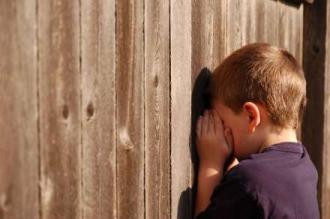Find a famous person
Find the first and the last name of a famous person. Text may go in all 8 directions. Length of words in solution: 7,5.Correct answers: 21
The first user who solved this task is Thinh Ddh.
#brainteasers #wordpuzzles


